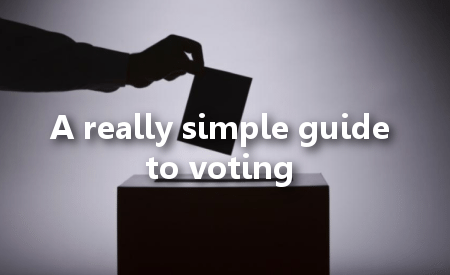By Aloysius Chia
I have written earlier about how the Lease Buyback Scheme, a plan that allows Central Provident Fund contributors to sell part of their lease on Housing Development Board flats to the government, in exchange for an annuity, might actually lead to intergenerational inequality – essentially, where allowing the less well off to monetise their assets leads to increasing inequality, for the fact that everyone else do not need to.
In fact, some conservatives might even agree with the following about why it is not prudent to ask the elderly poor to sell their flats.
Do note that I am not arguing here that people should be equal, but rather to present to those concerned that that greater inequality can affect equality of opportunity for future generations.
Who takes up the scheme?
Let’s consider the person who takes up the scheme to monetise his or her flat.
In monetising the flat, the flat’s lease is reduced to 30 years, and the remaining is converted into a sum that is put into the CPF to meet its minimum, after which an annuity is bought, which guarantees a lifetime income.
This person, who must be relatively less well off than the rest of the population since he or she has to resort to such a scheme, gets an amount on top of other forms of assistance.
On the other hand, the rest of the population who continues to live in their flat retains them.
The appreciating asset
Now, there are some who say that HDB flats depreciate every year. That is true, the flat depreciates about more than 1% every year on the 99 year lease.
However, the flat will appreciate more than it depreciates because economic growth, the growth of population and scarcity of land that leads to increasing demand, as well as the rise of overall incomes will cause flat prices to rise, as people’s purchasing powers increase. Most flats has generally risen in value in the past 2 or 3 decades this way.
In the next few decades, growth might be less, due partly to a more developed economy, but overall, it might still pull prices of flats in an appreciating direction.
Naturally unequal
If a poor retired person takes up the scheme, and lives less than the lease’s 30 years and spends less than all that is monetised, any remaining amount left is still bequeathed to the spouse or child. This money however, if not invested, remains the same in value over time.
Everyone who has not monetised their flats however, will have their wealth increase if their asset values rise, assuming everything else stays the same.
In this way, nothing is needed to be done in order for wealth disparity to increase. There is no redistribution that can be claimed to be unfair or unjust. Wealth rises relatively for those whose assets rise against those who don’t have any asset. But this disparity affects the less well off more than anyone else, since it is the less well-off who will be more likely to take up the scheme.
The intergenerational problem
The issue is more pressing for the children of the less well-off who will be bequeathed the house and do not earn an adequate income. Either they are too young, or they have only done slightly better than their parents.
For those who are already adults, the houses that were bequeathed to them form a kind of backup for them to use, in case they run into any major health problems or have to pay for their own children’s education, which the better off do not have to worry about.
These may be used to pay for what may provide them or their children better opportunities, perhaps opening a place to upward mobility. And although borrowing over the house costs interest, they still retain ownership of the house, rather than losing it completely.
The crux of the matter
So what is the problem with the Lease Buyback Scheme?
The Lease Buyback Scheme presumes to affect all who equally takes up the scheme, but it disproportionately affects the less well off because the less well-off will be more likely to take up the scheme than others who do not need it.
It is not rational for anyone who thinks that their lease is long enough and the prices of their flats to rise to take up the scheme.
What’s more, the scheme assumes that a fixed, expected income is needed for the less well-off elderly to spend, when there are variations in personal expenditure. It presents itself as a choice, but it is a choice that fixes pay-outs that are actually short term gains.
In the long run, future generations of the lower income who take up the scheme will find that they are at a disadvantage compared to the better off who have retained their assets, which will have grown.
But the irony is that since the less well-off are already either too poor or in need of money, and because no other help is there for them, this is the choice that the government presents to them. A choice which in all cases will erode whatever they have left, compared to everyone else.
The scheme presents itself as helping, when in fact it is limiting the life chances and long term prospects of the less well off.
Instead of focusing on controlling the costs of healthcare for the elderly, or other services that the poor elderly use, they focus instead on what they have left, and seek to extract whatever they can from it, since the elderly is in any case, “economically unproductive”.
In other words, the scheme exacerbates the position of the less well off, and entrenches them deeper into their place in the long term in society.
Image – screen capture from Housing Development Board corporate video
Like this article? Support us so that we can do more. Subscribe to TOC here.




